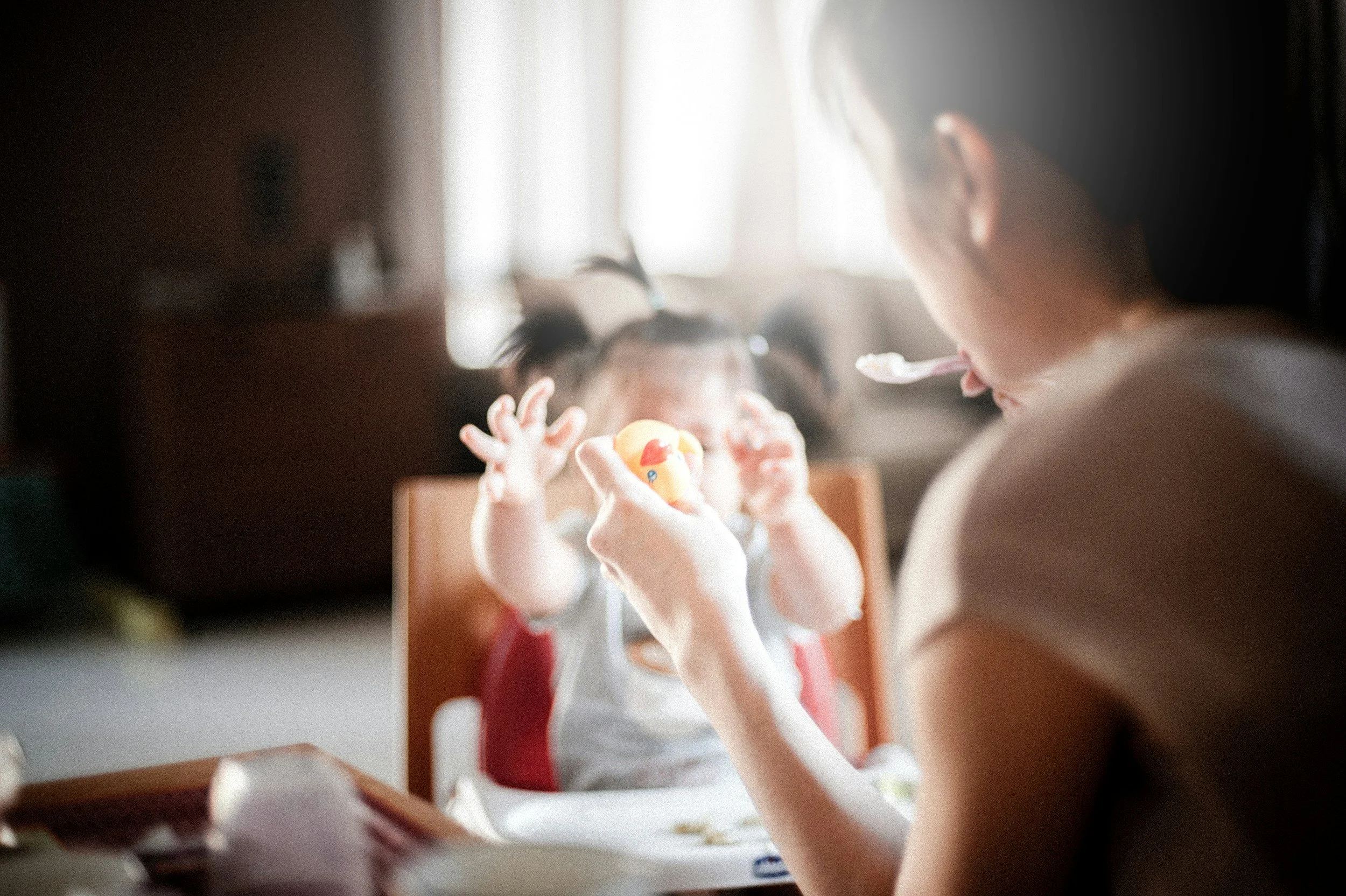How to Handle Your Child’s Big Feelings: 5 Tangible Strategies for Parents in Times of Crisis
By Emmalee Bierly, LMFT & Co-Owner of The Therapy Group
I recently had my second child and although I would like to pretend that my oldest daughter adjusted easily, that would be a lie. From meltdowns over broken tortilla chips to saving scraps of paper from the trash, we are going through a variety of “crisis” moments over here. Here are some ways we are learning to handle it in our home:
Big emotions are a normal part of childhood. From sobbing over a broken toy to full-blown meltdowns over bedtime, children often experience intense feelings they don’t yet know how to manage. As a parent, it can be overwhelming, confusing, and even triggering to navigate these emotional storms. But here’s the good news: you *can* support your child through these moments in a way that not only calms the chaos but also helps them build emotional resilience.
Here are five practical and compassionate strategies to help you handle your child’s big feelings—especially during moments of crisis.
1. Pause and Regulate Yourself First
Before you respond to your child, take a moment to check in with yourself. Are you feeling tense, angry, or helpless? Children are highly attuned to your emotional state, and your calm can help regulate theirs.
What to try:
Take 3 deep breaths before speaking.
Ground yourself by placing your feet flat on the floor or naming 5 things you see.
Remind yourself: My child is having a hard time, not giving me a hard time.
2. Validate Their Emotions Without Trying to “Fix” Them
It’s natural to want to make your child feel better right away, but sometimes what they need most is simply to be understood.
What to say:
“You’re really upset right now. That makes sense.”
“It’s okay to feel angry/sad/scared. I’m here with you.”
Avoid phrases like “You’re fine” or “There’s no reason to cry,” which can feel dismissive.
3. Get on Their Level—Literally and Emotionally
Physical presence and body language are powerful tools. When a child is overwhelmed, towering over them can feel intimidating. Kneeling down, making eye contact, and softening your voice can make a big difference.
What to do:
Sit beside them quietly.
Offer a hug, if they’re open to it.
Use simple, soothing language: “Let’s breathe together.”
4. Offer Safe Choices to Empower Them
Big emotions often come with a loss of control. Giving your child small, safe choices can restore a sense of agency and reduce power struggles.
What to offer:
“Would you like to take deep breaths or squeeze a pillow?”
“Do you want to talk now or in a few minutes?”
“Should we sit here or go to your cozy spot?”
5. Debrief After the Storm
Once the emotional intensity has passed, that’s when learning happens. Reflect together on what happened without blame, and teach simple tools for next time.
What to include:
“What were you feeling when that happened?”
“Next time you feel that way, what can we try together?”
Praise their efforts: “You calmed down really well. That was hard!”
Handling your child’s big feelings doesn’t mean having all the answers. It means showing up, staying present, and creating a safe space for them to feel and grow. With practice and patience, these difficult moments can become powerful opportunities for connection and emotional development.
Remember: it’s not about perfection. It’s about progress, presence, and partnership with your child.
Want more support? Consider saving a list of calming strategies on your fridge, building a “calm corner” at home, or seeking guidance from a therapist if emotions regularly feel unmanageable. You're not alone on this journey. As always, we are here to support you at The Therapy Group, fill out a contact form to be matched with one of our clinicians.






